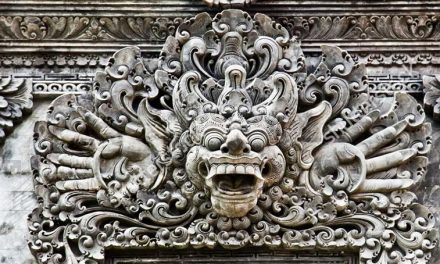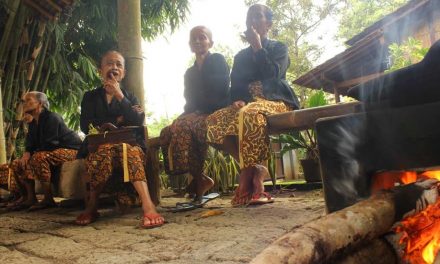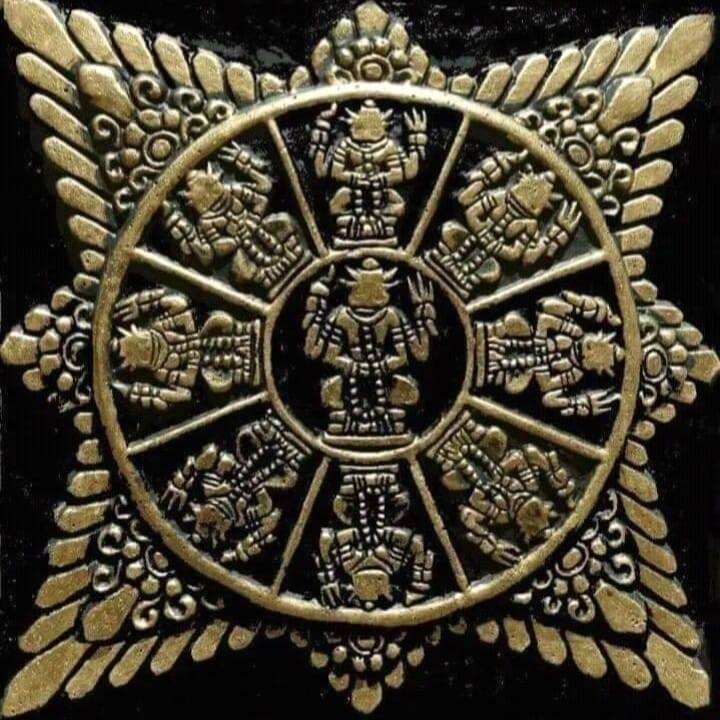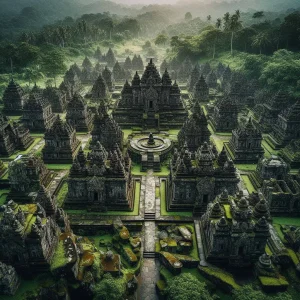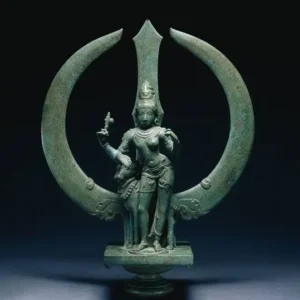
Originally posted on Medium
Balinese water temples provide a fascinating insight into how farmers combine religion and engineering to manage water. […] This article is based mainly on the work by Stephen Lansing who has studied Balinese irrigation systems for many decades.
I am Dutch water engineer. […] I could not resist taking a bike ride through the sawahs to view these works of colonial water engineering.
I found more than a system of channels to divert water to rice fields. Dispersed between the engineering works I found Balinese water temples and votive shrines that farmers use to complement the rational engineering works with the non-rational dimension of religion.
Bali is famous around the world for its magnificent green sawahs that cling to the steep hills. Farmers irrigate rice paddies through a terraced system of faceted paddocks. An intricate network of channels that originates from springs and lakes in the volcanic mountain range in the centre of the island.
The water slowly makes its way from the highlands to the ocean, irrigating the fields on its path down the slopes. This complex irrigation system has existed for many centuries. The Dutch colonial engineers were impressed by the achievements of the Balinese.
What [they] did not realize was that this intricate system for water management was not merely a triumph of rational engineering but an organically organised complex system for managing natural resources.
The subak irrigation system
The primary organizing units of the Balinese irrigation system are the subaks. These are religious and social organisations that coordinate everything related to the cultivation of rice, including irrigation.
The subak system developed over many centuries, continually evolving over the past thousand years to accommodate new circumstances.
A subak is collective of farmers within an irrigation district that congregate around Balinese water temples. The subak are democratic organisations where farmers and the priests discuss their irrigation strategy. The water temples are organised in the same way as the rivers and irrigation channels branch out from the head of the catchment.
The primary water temple is the Pura Ulun Danu Batur, located along the rim of the crater of Lake Batur in the Balinese mountains. This temple serves the Goddess of the Waters, Dewi Danu. From this upstream temple cascades a network of regional water temples, each controlling a section of the irrigation system.
The Ulun Suwi (Head of the Terraces) temples coordinate irrigation for a group of subaks. Most subaks have a Ulun Carik (Head of the fields) temple where farmers perform rituals and hold meetings to manage the systems. Each framer also their Bedugul, a shrine at the place where the water first enters his fields.
This hierarchical system of temples ensures that decisions about water are made at strategic points in the system. The regular rituals accompany the water with blessings and offerings from the head of the catchment, down to the place where it is converted to rice. […]
That the traditional system is effective became apparent when in the Indonesian government decided to implement a Green Revolution in the 1970s. This revolution introduced scientific thinking to agriculture in Indonesia. This policy reduced the role of the Balinese water temples, which were invisible to the consultants that advised the government.
This well-intended policy disturbed the delicate balance developed over the centuries. With the introduction of scientific farming, pests returned, and rice yields plummeted. The Indonesian government recognized these problems rescinded the orders to use specific seeds and chemicals in 1988, allowing farmers to return to their old practices. […]

Water and Spirituality
Balinese irrigation is strongly interlinked with the island’s natural environment, both at a material and at a spiritual level. The religious aspects are mediated through the network of water temples and priests.
Subak members collaborate to decide on water allocations and the timing of water supply, supported by rituals mediated by priests. The performance of these rituals is of critical importance in Balinese water management.
The water rituals are closely linked to observations of the natural environment and managed through a complex calendar system. […] the structure of ritual often contains practical knowledge that helps the locals to optimize their decisions. This knowledge is developed over millennia of observation and trial and error.
The most crucial decision that farmers need to make each year is when to plant rice. Flooding the paddocks alters the chemical and biological properties of the soil, and the success of irrigation depends on the accurate judgement of the seasonal flow of rivers and springs. Rice has to be irrigated at the right time to maximize yield. The ritual calendar determines the timing of planting.
The timing of the nyunsung ceremony is the most critical moments in the farming calendar as it signifies the start of the planting season. Selecting the right time optimizes the plant’s need for rainfall and sunshine, the harvest occurs in the dry time and pest minimizes pest populations.
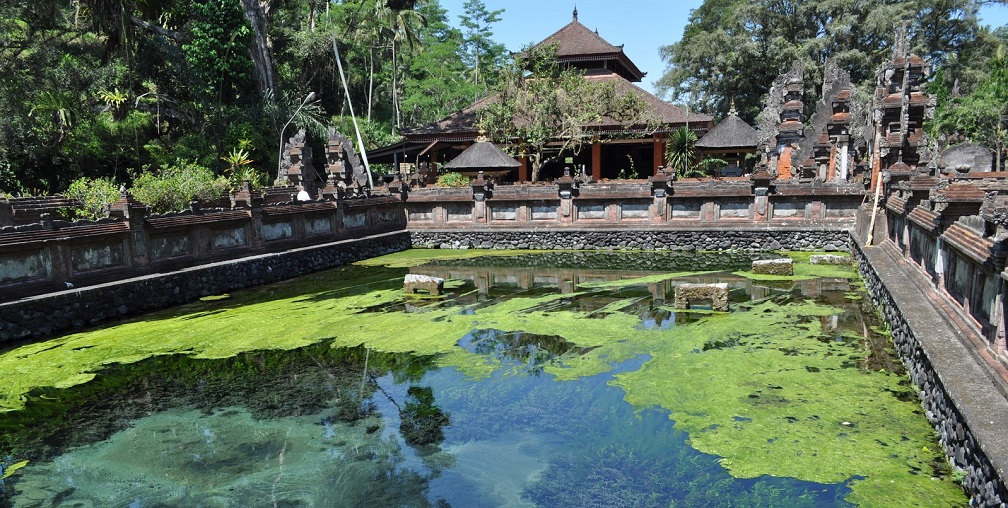
The key to Balinese water management is the way they measure time. The Balinese calendar is a complex interaction between two different ways to measure the passage of time.
- The first is uku, a 210-day calendar, independent of astronomical events. It is not a coincidence that the length of this calendar is the same as the growth cycle for Balinese rice.
- The second calendar follows the lunar phases, which means that a particular month does not always start on the same solar day.
To optimize the date for planting rice, the temple priest decides the timing. In some places, the ideal day is marked by the appearance of a particular moss on an old tree, or by the presence of a type of grass, or the color of the sea. The knowledge required to manage the Balinese irrigation system is embedded in Hindu mythology. […] Mythology has several levels of interpretation.
On the surface, mythological stories are fictional and irrational accounts of gods and the supernatural. Below this superficial view, myth contains practical and philosophical knowledge obtained through centuries of experience with the land.
The contemporary scientific approach to managing a complex system the Balinese irrigation would be to deploy thousands of sensors around the island and crunch the numbers using sophisticated computer models. This approach is, however, not much different from how the Balinese system has evolved.
Over the centuries, farmers and priests have observed nature and how this impacts their farming. The mythological system has no underlying theory, but knowledge emerges from the long-term observations and is wrapped in narrative instead of formulas.
That the Balinese system leads to optimized results was shown by Lansing and Kremer who developed a computer model of the system. The model simulates the behavior of farmers to see how such a system evolves. When the model starts with a random pattern, it develops over time to a situation that closely resembles the Balinese system! […]

